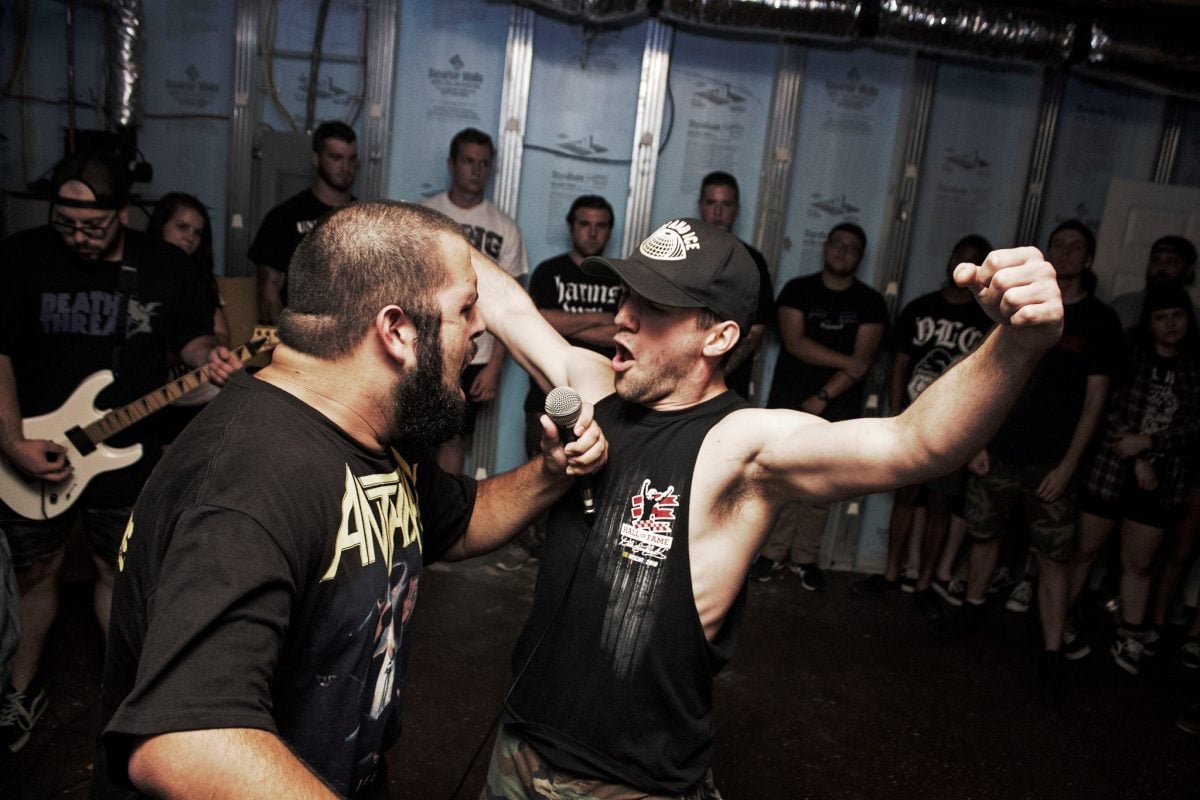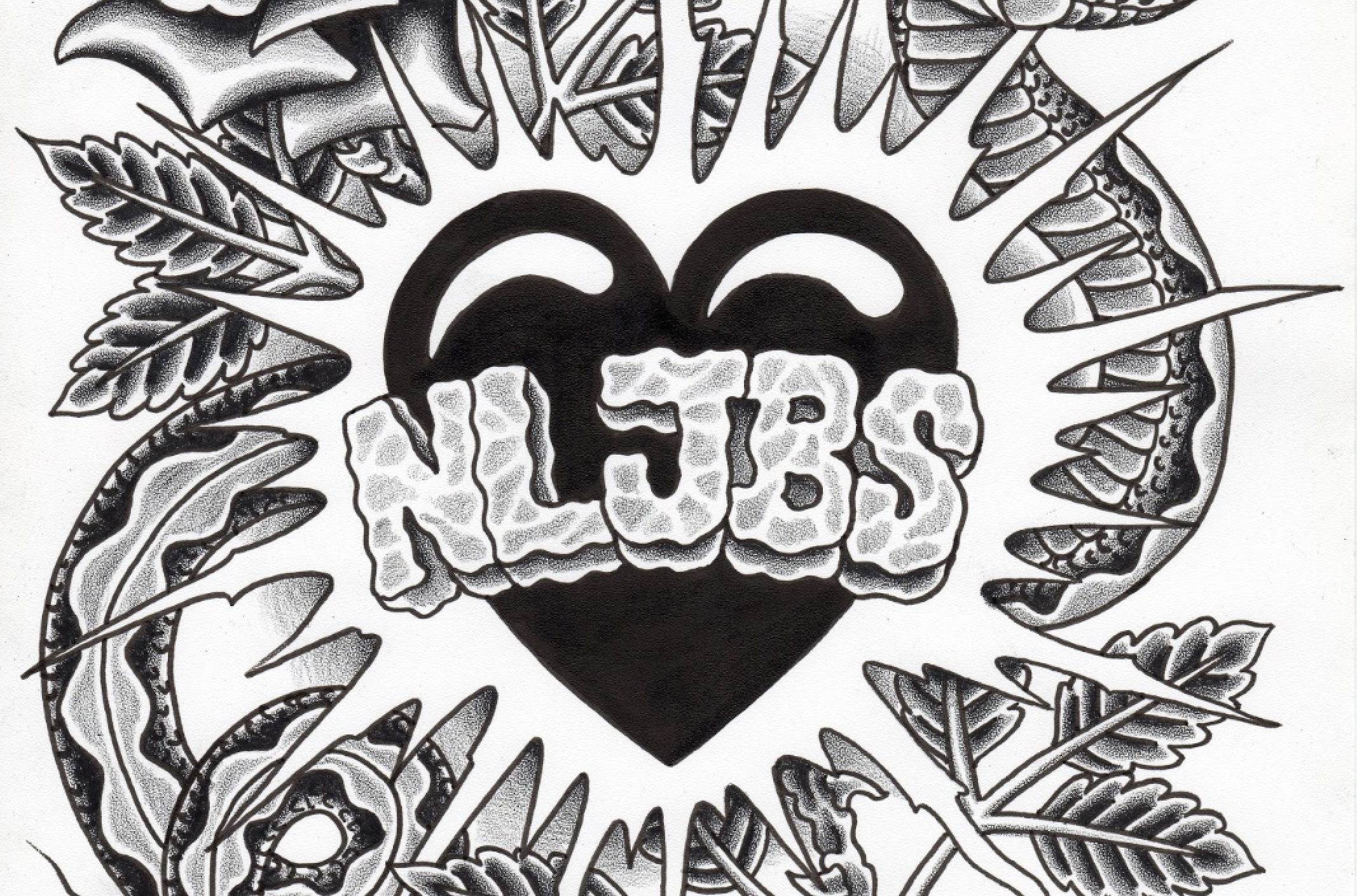In the underbellies of Virginia’s smallest music communities, DIY scenes preserve hardcore and metal over generations in Roanoke and throughout Appalachia. Hardcore punk has been burning strong in the fabric of American music for nearly four decades now. What...





